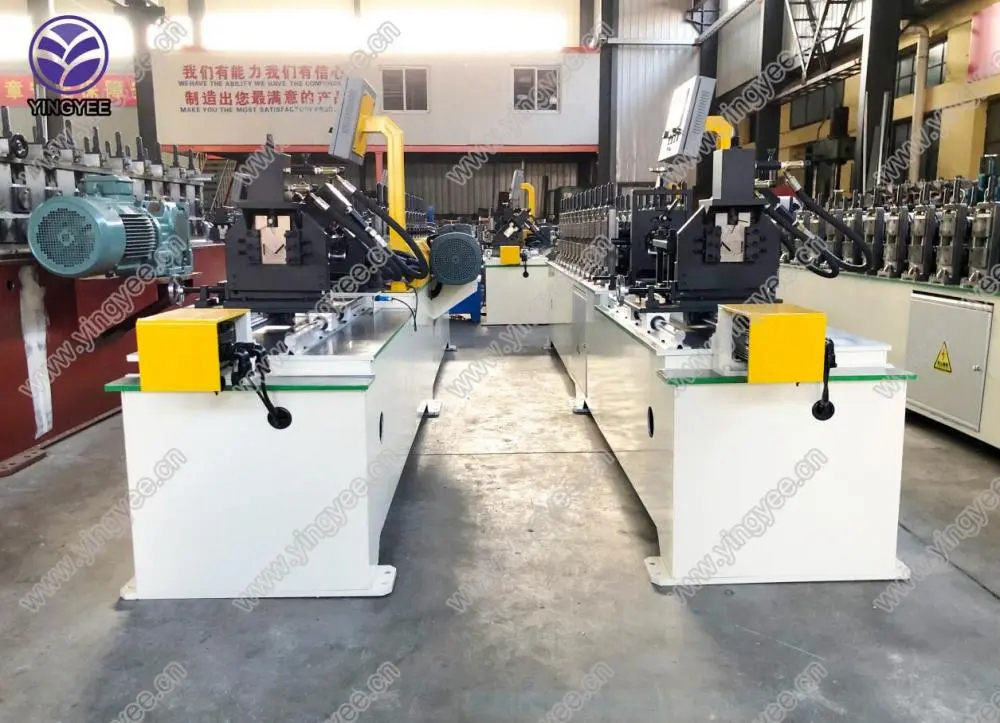
The Steel Bar Lattice Girder Welding Machine Revolutionizing Construction
In the evolving landscape of construction technology, the need for efficiency, precision, and durability has never been more critical. One notable advancement that addresses these requirements is the steel bar lattice girder welding machine. This equipment has transformed the way steel frameworks are fabricated, significantly enhancing productivity and ensuring the structural integrity of constructions.
Understanding Steel Bar Lattice Girders
Before delving into the machine itself, it is essential to understand what steel bar lattice girders are. These girders are structural components made by welding steel bars in a crisscross pattern, creating a network that can bear loads while minimizing weight. They are widely employed in bridges, industrial buildings, and various other infrastructures due to their excellent strength-to-weight ratio. The lattice design facilitates enhanced load distribution and reduces material usage, making it an ideal choice for modern construction needs.
The Welding Machine
The steel bar lattice girder welding machine automates the welding process, utilizing advanced technology to improve accuracy and efficiency. Featuring a robust framework, this machine efficiently joins multiple bars to create intricate lattice patterns that are essential for the girders. The automation involved not only speeds up production but also minimizes the risk of human error, ensuring a higher quality of the finished product.
Key Features and Benefits

1. Precision Welding One of the standout features of these machines is their ability to execute precise and consistent welds. With advanced control systems, operators can set parameters to ensure that every joint is perfect, which is critical when it comes to the structural integrity of girders.
2. Increased Production Speed Traditional manual welding processes can be time-consuming and labor-intensive. In contrast, the automated welding machine significantly accelerates the fabrication process. This efficiency is particularly beneficial for large-scale construction projects where time is of the essence.
3. Labor Cost Reduction By automating the welding process, construction companies can reduce their reliance on manual labor. This not only lowers labor costs but also allows skilled workers to focus on other critical tasks that require human expertise, thus maximizing productivity on the construction site.
4. Enhanced Safety Welding, if not conducted properly, poses several safety risks. The automation of this process minimizes the exposures that workers face to hazardous environments. With the machine handling the welding, operators can maintain a safe distance from direct welding hazards.
5. Customizability Modern steel bar lattice girder welding machines often come with programmable settings that allow for customization according to project requirements. This flexibility is crucial in the construction industry, where specifications can vary greatly from one project to another.
Conclusion
As the construction industry moves towards greater productivity and sustainability, the role of machinery, particularly the steel bar lattice girder welding machine, becomes increasingly significant. This innovation not only streamlines the production process but also ensures that the girders produced meet the highest standards of quality and safety. By combining precision, efficiency, and reduced labor costs, these machines are poised to revolutionize the way we approach structural engineering, paving the way for safer, more resilient infrastructures capable of enduring the test of time. The future of construction is indeed bright with the continued advancement of welding technologies in the steel industry.